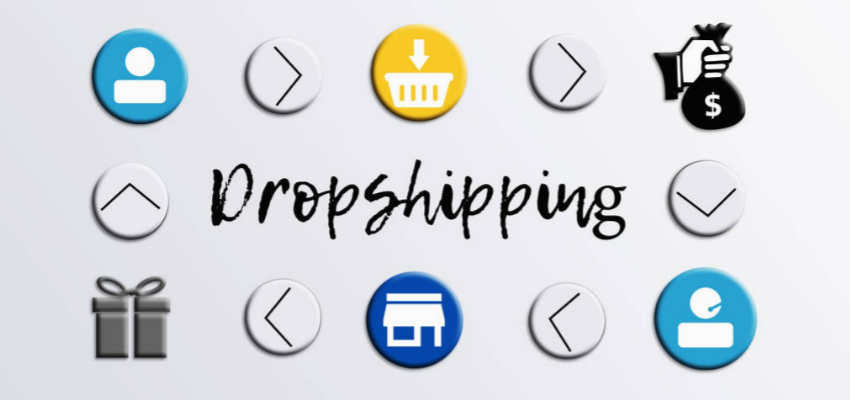Show:
5 Ways to Automate Your Dropshipping Business
Whether you’re planning on starting a dropshipping business or you’re a few years deep, you already know that there’s no shortage of things to spend your time on. Building a business takes time, and running a successful one takes even longer, but there are ways you can optimize.
By choosing to automate your dropshipping business, you can get better results with fewer resources. You’ll save time, money, and your sanity by implementing the following strategies.

1. Automate Your Revenue Streams
Dropshipping by itself is already an automatic revenue stream. By finding suppliers that have products that can be sold over and over again, you’ve set up a simplified income stream. From here on out, you only have to conduct research, market your business, and cross your fingers.
However, you can go the extra mile and integrate eCommerce APIs (Application Programming Interface), like Tech Data or Parts Unlimited, to give you access to more vendors. Shopping carts like Shopify, Amazon, and eBay can also be linked through your automation software.
By bringing all of these carts together, you’ve effectively brought all of your revenue streams in one place. Now, you’ll have a better idea of how well your business is doing.
2. Automate Visitor Engagement
Acquiring traffic is one of your biggest expenses as a dropshipping business owner. Constantly spending money on marketing without seeing notable returns is frustrating, especially if you don’t learn anything from it. But, you can solve your problems through automated email capture.
When you set up an email capture pop-up system, you’ll be able to communicate directly with your visitors. While there’s no guarantee your pop-up will convert, you’ll gain an email once it does. Email marketing is pretty fruitful, as its average return on investment is 3800%.
On eCommerce sites like Shopify or BigCommerce, you can set up email pop-ups directly in its system. Once you put this system in place, it will continue to grab emails from visitors.

3. Automate Order Processing
When your dropshipping business receives an order, you have to then contact your supplier to fill it. This process is called order processing. Dropshippers have to speak to their supplier every single time a customer buys a product. That process can become tedious very quickly.
With automation software, dropshipping businesses don’t have to call the supplier at all. You can automatically route orders to distributors, suppliers, and vendors as orders come in. You don’t have to wait until you receive X amount of orders before sending them out.
By automating this simple step, you save yourself several hours over the week. During busy seasons, you’ll be able to concentrate more on customer satisfaction and order fulfillment.
4. Automate Social Media Posting
Dropshipping business owners that run a direct-to-consumer e-commerce store should use social media to connect with their audience. If you aren’t, you’re losing out on several growth opportunities. Although it’s time-consuming, it’s worth it for you to have a social media presence.
Automation software can automate your posts on Facebook, Instagram, Tik Tok, LinkedIn, and Pinterest, but if you want to have some free time, only stay active on two. LinkedIn and Instagram will work for most dropshipping businesses, but any of the 5 big ones will do.
Software like Hootsuite, Later, and Canva can help you post directly to your social media accounts. I recommend creating content in batches and releasing them automatically over time.
5. Automate Your Ads and Leads
Running an ad campaign can bring fresh new eyes to your business, but there’s a subtle science to advertising. You can’t come across as too pushy, salesy, or robotic. You also have to make sure you’re targeting the right people so you aren’t wasting your money on cold leads.
Dropshipping businesses benefit the most from automating retargeting ads, which are ads that are only shown to specific groups based on the actions they take. Retargeting ads on Facebook and Google can show ads that display your products to people who have visited your site.
According to a recent study, retargeting ads are 10 times more effective than the average click-through rate for other ads. In the end, you’ll receive a lot of traffic for much less.

 Return to Previous Page
Return to Previous Page








